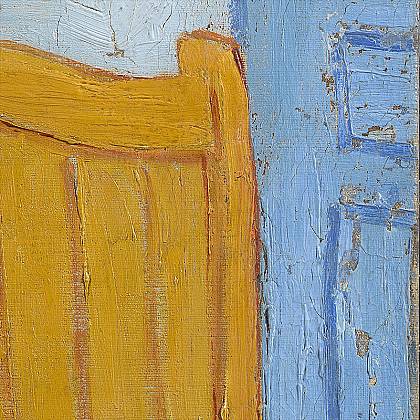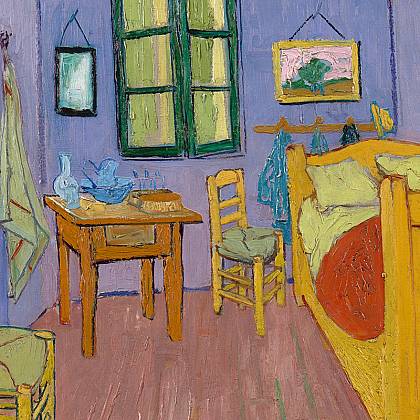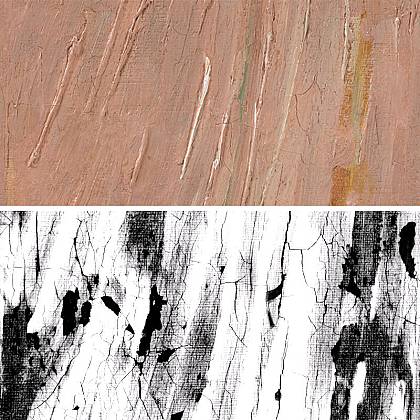Japanese influence
The Bedroom
In The Bedroom, the use of perspective is unusual. That was a deliberate choice. Van Gogh wanted to keep the painting simple, he told Theo in a letter. This was why he left out the shadows and used flat areas of colour, in the style of the Japanese prints that he collected.
Van Gogh knew that Japanese painters had their own methods for suggesting depth on a flat surface. They used bright, bold colours and strong outlines, and they cropped (cut off) their compositions in unexpected ways. Japanese prints taught Van Gogh a new way of seeing, as he wrote in a letter from Arles: ‘I’m always saying to myself that I’m in Japan here. That as a result I only have to open my eyes and paint right in front of me what makes an impression on me.’
In the southern French city of Arles, Van Gogh developed a style of his own, combining an expressive way of painting with rich colour.
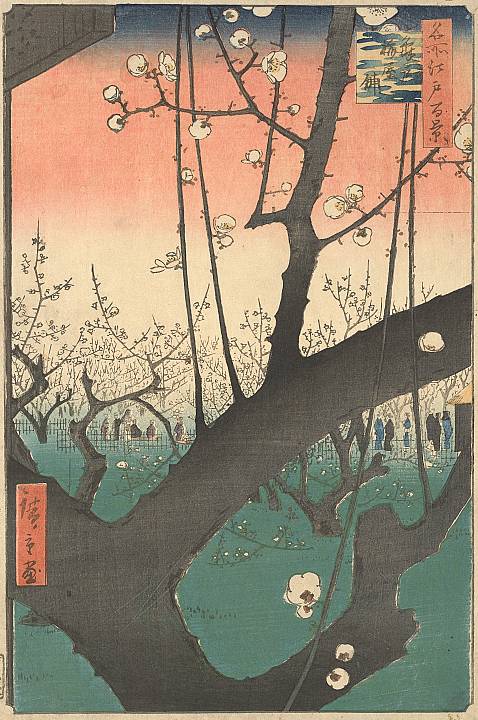
In this Japanese print, depth is suggested mainly by the large tree in the foreground. You look past it at small figures in the distance. The wooden bed in The bedroom has a similar effect, because the foot of the bed is so large.
Utagawa Hiroshige, The plum tree teahouse at Kameido, 1857
Van Gogh Museum, Amsterdam (Vincent van Gogh Foundation)
Crooked wall
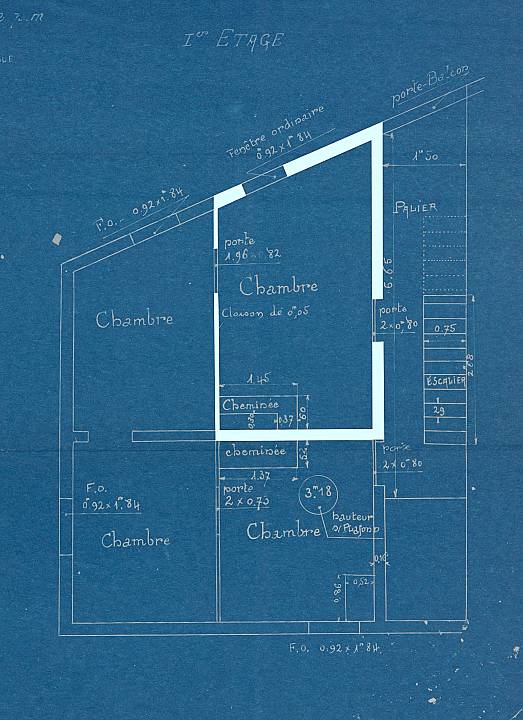
There is another reason that the perspective in The bedroom seems strange. In the painting, it is not immediately apparent that the wall in the back, with the window, is crooked relative to the side walls. We know this from an old architectural drawing of the house.
Drawing of the first floor of the ‘Yellow House’ in Arles from the 1930s. The room at upper right was Van Gogh’s bedroom.
